
 |
|
|
Fruits
Volume 62 Number 19 Date 11/09/2017 BROWN MARMORATED STINK BUG - DATCP, UW and the IPM Institute continued their BMSB monitoring program for the second season, setting 38 pheromone traps in 15 orchard and urban locations. As of early November, 17 of the traps at seven sites had collected a cumulative total of 268 specimens. The positive traps were in Dane, Door and Rock counties. The capture of an adult BMSB near Sturgeon Bay on the Door Peninsula was a new county record and the first confirmed trap catch in the east-central area. Compared to last year's survey, the first documented capture of the season occurred much earlier (June 1 in 2017 vs. July 27 in 2016), more specimens were collected overall (268 vs. 185), and stink bugs were trapped in two additional locations. The season's highest individual trap count of 122 BMSB in a Dane County orchard was an increase from last year's 80 specimens. BMSB has been confirmed in 20 Wisconsin counties, with the largest populations concentrated near Madison, Waukesha and Green Bay. Apple growers in these areas could begin seeing BMSB in their orchards in the next 1-2 years. All Wisconsin fruit growers are urged to plan for BMSB scouting as part of their IPM programs for 2018. APPLE MAGGOT - Emergence of flies began by July 5 at orchards in Dane and Fond du Lac counties. Counts were variable and mostly light for much of the summer, except during a three-week period from July 27-August 16 when a few monitoring sites reported weekly captures of 11-17 flies per trap. The season's highest count of 17 flies on a baited yellow sticky trap was documented from July 27-August 2. Apple maggot fly activity declined with the mid-August drying trend and serious damage was not reported. PLUM CURCULIO - This insect was a persistent problem for apple growers this year. Downpours in May degraded petal-fall insecticide treatments and additional perimeter applications were needed to prevent further migration of plum curculio weevils into orchards. Oviposition scars became evident during the week of May 11-17. Some producers continued to note fresh feeding injury on the edges of blocks as late as June 15. CODLING MOTH - The earliest moths of 2017 were captured in orchard traps on May 14, and most monitoring locations recorded the spring biofix from May 17-25. The first flight peaked in the southern half of the state during the week ending June 15, when one-half of the DATCP trapping network of apple orchards reported high or economic captures of 5-27 moths. Signs of larval injury became evident by late June. Summer flights began by July 12 and trap counts generally peaked by mid-August. Large captures of 15-30 moths continued at several orchards throughout August, with additional late-season spot treatments required in orchard blocks where codling moths remained above-threshold. Larval hatch extended into September. JAPANESE BEETLE - Reports indicated higher-than-normal populations in 2017. Beetles appeared by June 10 and a decline was not noted until mid-September. The largest numbers invaded orchards and vineyards during the latter half of July into August. BLUEBERRY MAGGOT - A third season of survey work to determine the distribution of the blueberry maggot in Wisconsin resulted in no additional detections. In 2016, a new state record was established when adult flies were collected for the first time in Adams and Sauk counties. This year's survey consisted of yellow sticky traps set at 26 sites in 11 counties. The baited traps (enhanced with ammonium acetate) were placed in wild blueberries and checked every three weeks from June through August. Suspect blueberry maggot flies were captured in Marinette County, but USDA identifiers were unable to provide a definitive identification. Currently the blueberry maggot fly is known only from Adams and Sauk counties in central Wisconsin and it remains unclear if the species occurs more widely in the state. SPOTTED WING DROSOPHILA - The first flies of 2017 were captured on June 5 by the UW in Dane County, and most of the 16 DATCP monitoring sites recorded flies before the end of the month. The exponential population increase typical of SWD began during the week of July 5-11 when counts surged to 400-600 flies per trap in Trempealeau County (raspberry and mulberry), and one-half of survey traps reported catch rates of 50 or more flies. Peak activity and trap counts occurred at most sites from August 1-15. High counts for the season ranged from 800-1,000 flies per trap in Sauk County raspberries. Spotted wing drosophila continues to dramatically impact small fruit production in Wisconsin, causing insecticide use to soar, shortening pick-your-own seasons, and forcing many berry growers out of business. -- Krista Hamilton, DATCP Entomologist APIARY INSPECTION - Apiary inspectors visited 210 beekeepers this year, opening 4,214 hives for inspection. Based on these voluntary inspections, winter mortality decreased slightly from 48% in 2015-16 to 46% in 2016-17, which aligns with the 45% national average winter loss for backyard beekeepers. Varroa mite was detected in 64% of hives sampled for this pest, compared with 68% last season. Other pests and diseases found include American foulbrood in 0.1% of hives, chalkbrood in 4.2% of hives, European foulbrood in 0.2%, deformed wing virus in 19.8%, sacbrood in 5.8%, and small hive beetle (SHB) in 10.2% of hives. The incidence of SHB infestation was an increase from 7.5% last season and well above the five-year average of 5.0%, which should alert beekeepers to the need for early detection and effective management of this emerging pest. Inspectors issued 69 apiary inspection certificates for 29,901 migratory hives, primarily destined for California, Florida and Texas to be used for pollination services. -- Liz Meils, DATCP Nursery Inspector 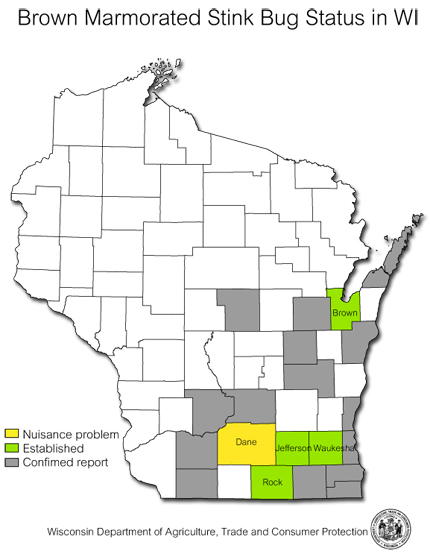
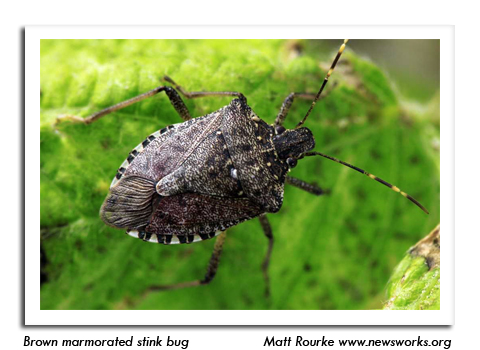
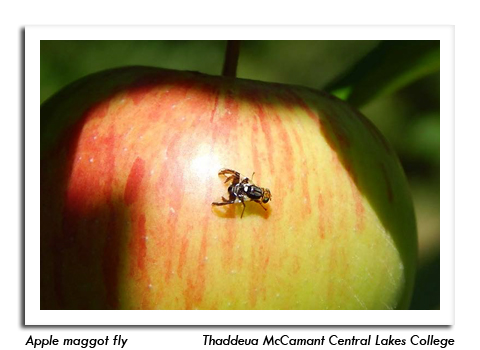
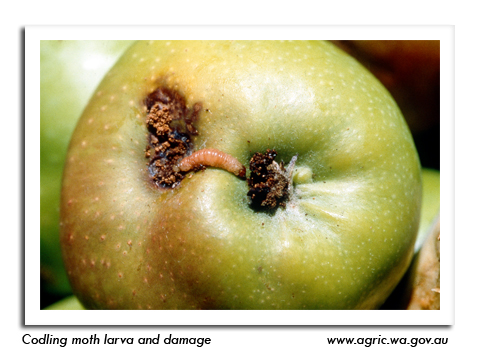
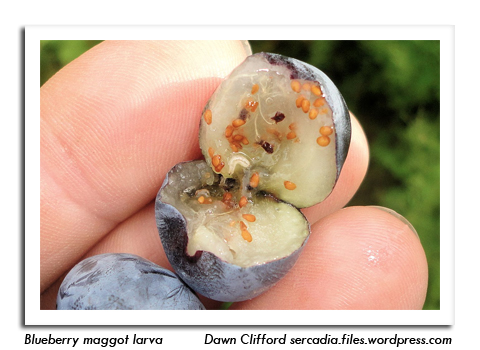
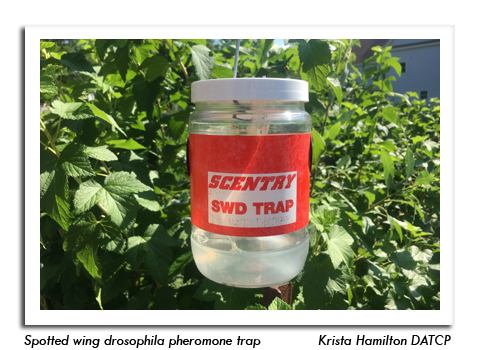
|
|
|